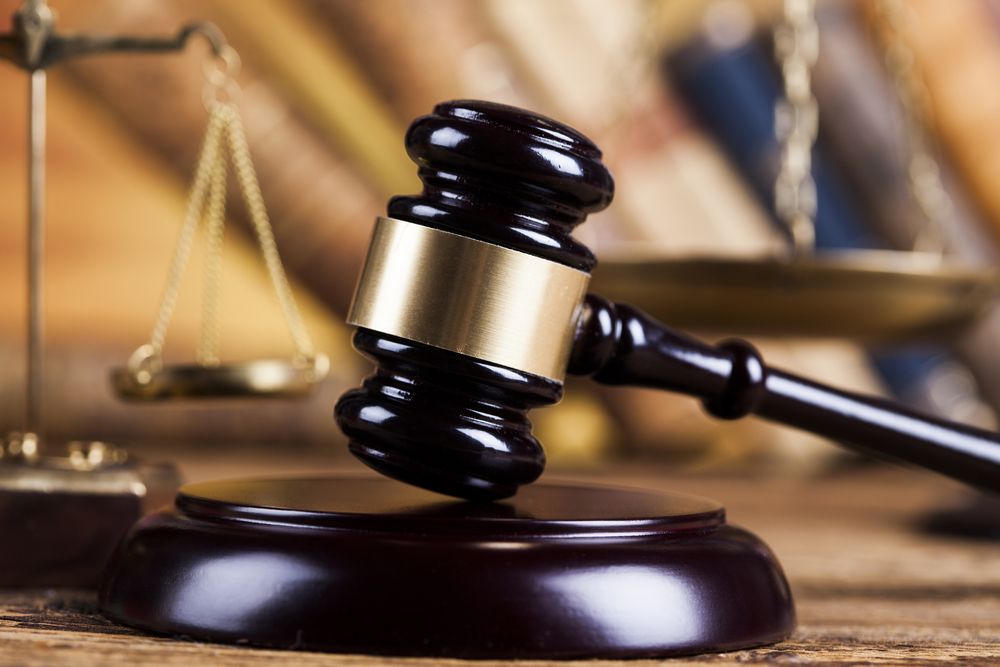INTRODUCTION:-
Recently there is an increase in the juvenile crime rate. Some children during their childhood are influenced by unhealthy activities, lack of parental care, sexual harassment, poverty, anti-social elements of criminals and due to this, children grow up and gets involved in such activities where they have conflict with law. There are multiple factors which trigger them to this kind of behaviour. Children between 6-12 years indulge in these activities because at this point minds are innocent and can be easily manipulated which lure them to the world of crime. It is important to understand children’s psychological perspective and to protect them as they are the most valuable assets of the future generation.
The Juvenile Justice (Care and Protection of Children) Act, 2015 adopted by Indian Govt. takes a broad approach for protecting and preserving rights of children by taking proper care, development, treatment and social re-integration. “Child In Conflict With Law” has been defined under Sec 2(13) of the Juvenile Justice Act, 2015 as a child who has not completed 18 years of age is found to have committed an offence. The Juvenile Justice System protects the child offender from giving punishment but provides an individual treatment in a therapeutic nature to give a fresh chance to begin his life.
A child is assumed to be in conflict with law when they:
- Commit an offense that violates the law
- Are a victim of crime like exploitation, trafficking etc.
- Children whose behaviour is uncontrollable
- Children who are involved in family conflicts
- Children who are accused by authorities like police
- Are involved in gangs or criminal activity
There are various types of offences committed by children in conflict with law. They are—-
- Petty offences- It is the offences where maximum punishment under are given that is imprisonment up to 3 years.
- Serious offences- It is the offences for which the punishment is given between 3 to 7 years imprisonment.
- Heinous offences- It is committed by children in conflict with law which includes maximum punishment that is imprisonment for 7 years or more.
Recently, in the case of XYZ vs. State of Maharashtra, popularly known as the Pune Porsche car accident case, a 17 year old boy driving under the influence crashed into a motorcycle, killing two riders instantly. The Bombay High Court ruled that the minor in conflict with law be released and criticised how the prosecution and law enforcement managed the situation.
In Sheela Barse vs. UOI, the Supreme Court directed to establish juvenile courts and boards to deal with children in conflict with law. In Rajeev Chandrasekhar v. State of West Bengal, the Calcutta High Court held that children in conflict with law have the right to education and rehabilitation.
FACTORS THAT MAKES A CHILD BE IN CONFLICT WITH LAW :-
Children adopt negligent behaviours during childhood due to various factors. Children in conflict with law or juvenile offenders have to be presented before the Juvenile Justice Board in each city. The law protects the children by providing the basic necessities, adopting friendly manners to adjudicate the matters.
When a police comes in contact with a child in conflict with law, he must place the child with the Special Juvenile Police Unit (SJPU), who without delay must report the child to the Board. Bail is available to juveniles as long as the Board finds that the release of child will not cater him any kind of danger. If the child is not released on bail, he is only to be placed into the custody of Observation Home. Sec 12 of the Juvenile Justice Act outlines the criteria for granting bail to minors accused of conflicting with law, stressing that bail should be granted unless it presents a risk to the child or to the public. This framework is designed to balance the legal response to offences committed by children with opportunities for their reformation and reintegration into society.
The SJPU is responsible to inform the parents of child in conflict with law about his arrest as well as to the Probation Officer who will make necessary enquiries about the child. The JJB must make an inquiry and if they determine the child guilty of crime, then the child should be subjected to counselling. A social investigation report is required for the child before discharged. A child cannot be charged with death penalty or life imprisonment. This act also has provisions to punish the people who exploit the children for crime.
When children are in conflict with law, they have serious risks which are as follows:-
- Entrapment in justice system
- Loss of education and opportunities
- Mental health and issues and social isolation
- Family breakdown
CONCLUSION:
Children in conflict with the law require a sensitive and rehabilitative approach to ensure their rights and well-being are protected. By addressing the root causes and providing support, we can help these children reform and reach their full potential, ensuring a safer and more compassionate society for all.
FAQ:
- What is a child in conflict in law?
Ans: A child who is under 18years old has committed or is suspected of committing an offence.
- What rights do children in conflict with the law have?
Ans: Right to legal aid, fair trail, education, healthcare and rehabilitation.
- What is the role of police in dealing with conflict with law?
Ans: To arrest, interrogate and refer them to juvenile justice authorities.
- Can children be tried as adults?
Ans: In some cases, yes, depending on the severity of the offense and age.
- How can we prevent children from coming into conflict with law?
Ans: Through education, community engagement and addressing root causes like poverty, lack of parental care, harassments etc.
AUTHOR: RUPSA MAJUMDER, STUDENT OF B.A.LLB (HONS)
COLLEGE: DEPARTMENT OF LAW, HAZRA (CALCUTTA UNIVERSITY)



